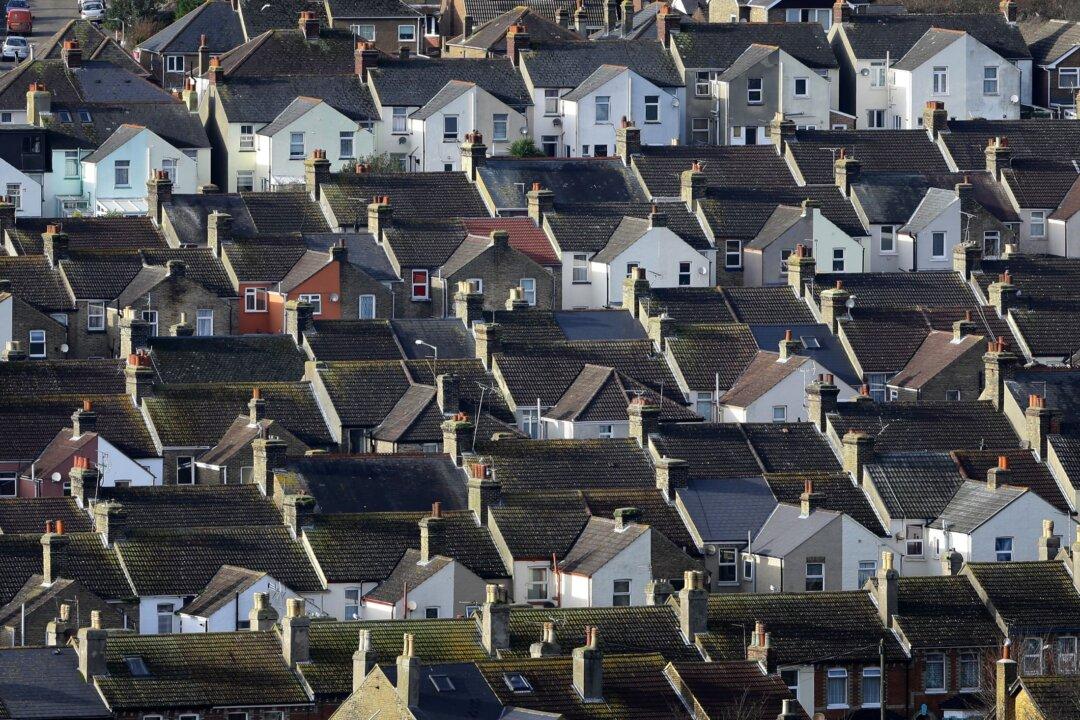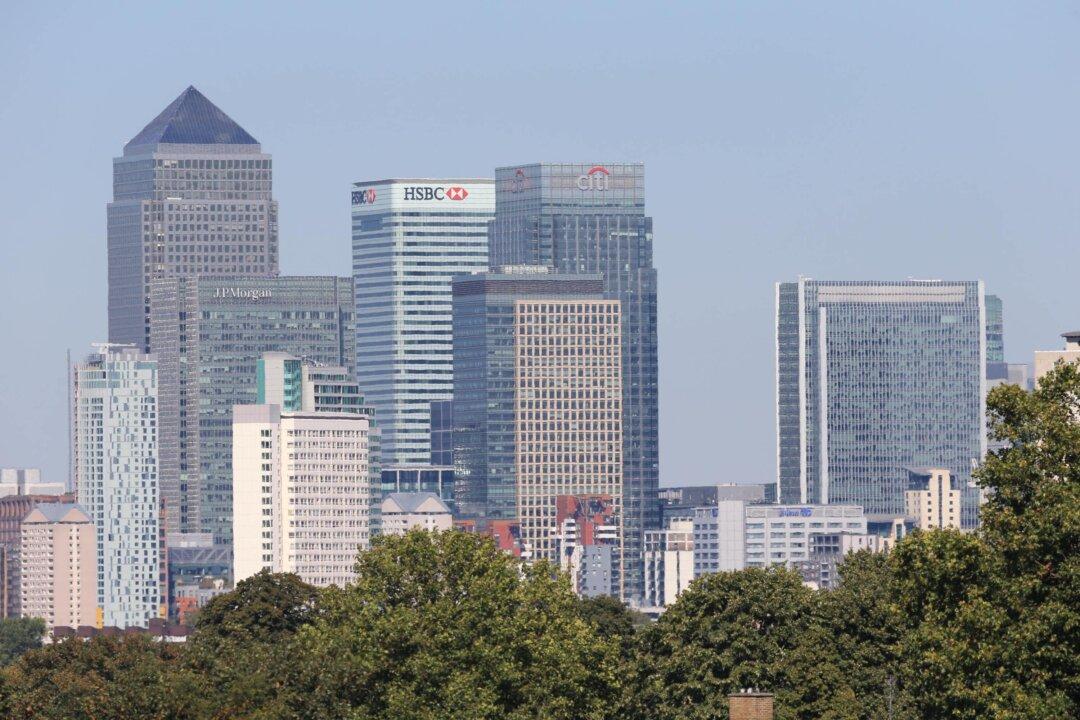The supply of homes for sale in UK has reached its highest point in eight years, according to a report released Thursday from property website Zoopla.
The current supply of homes for sale is 20 percent higher than that of April last year, with an estimated £230 billion worth of housing for sale across the four countries.
Commenting on the latest report, Richard Donnell, Executive Director at Zoopla says, “The growth in the supply of homes for sale is evidence of renewed confidence amongst homeowners.”
The number of house sales agreed is up 13 percent on last year, but supply is growing faster, boosting choice for home buyers.
According to Zoopla’s property market index, the average real estate agent now has 31 homes for sale.
The market analysis showed that in the second half of last year, existing homeowners delayed moving decisions as they were “unsure about the impact of higher borrowing costs on house prices and buyer demand.” Most homes up for sale are new to the market, however, about a third of currently listed homes were listed in 2023 but couldn’t find a buyer.
Mr. Donnell believes that the greater supply of homes for sale is likely to keep UK house prices flat over 2024.
“The announcement of the election will slow the pace at which new sales are agreed,” he said. Adding that, “It’s essential that those serious about moving in 2024 price their homes realistically if they want to achieve a sale.”
The report found a rising supply will keep house price inflation in check, with the annual UK house price remaining slightly negative at -0.1 percent. In reaction to more agreed sales and firmer pricing, house price inflation had slightly increased by +0.4 percent over the last quarter, but has shown signs of slowing over the last month.
Tom Bill, head of UK residential research at Knight Frank told The Epoch Times via email: “Growing supply is one reason that UK house price growth this year will be limited to low single digits. However, the main obstacle for buyers is stubborn services inflation, which is keeping mortgage rates high.”
The market researcher also believes that asking prices must reflect the fact that buyers have “more choice and tighter budgets.”
May’s Market Rebound
After two months of average house prices falling in the UK, new data on Friday demonstrated a modest bounce back in May, according to Nationwide Building Society.The UK housing price index showed house prices rose 0.4 percent month-on-month, following a fall of 0.4% in April.
Year-over-year growth rose to 1.3 percent, from 0.6 percent in April.
It comes after slight increases in mortgage rates since the start of the year slowed the housing market through March and April.
According to Moneyfacts, an average two-year fixed rate mortgage cost 5.56 percent at the end of January—rising to 5.92 percent by the end of May.
Analysts believe the Bank of England is likely to cut interest rates between August and September, while headline inflation eased to 2.3 percent in the 12 months to April 2024, down from 3.2 percent in the 12 months to March.
Robert Gardner, Nationwide’s chief economist, said, “Consumer confidence has improved noticeably over the last few months, supported by solid wage gains and lower inflation.”
Sarah Coles, head of personal finance at Hargreaves Lansdown, added: “Higher house prices are themselves a barrier for an awful lot of buyers, because when coupled with higher mortgage rates, the monthly payments are pushed out of reach.
“However, buyers are pushing through, which owes an awful lot to people’s confidence in their own personal financial position—which Nationwide figures show has turned positive after years of negativity.
“The easing of inflation, coupled with robust wage growth, and relatively low levels of unemployment, mean people are feeling more secure.”
The rise puts the average house price at £264,249. Meanwhile, the annual rate of house price growth more than doubled to 1.3 percent in May, from 0.6 percent in April.
Mr. Gardner, said: “The market appears to be showing signs of resilience in the face of ongoing affordability pressures following the rise in longer term interest rates in recent months.







